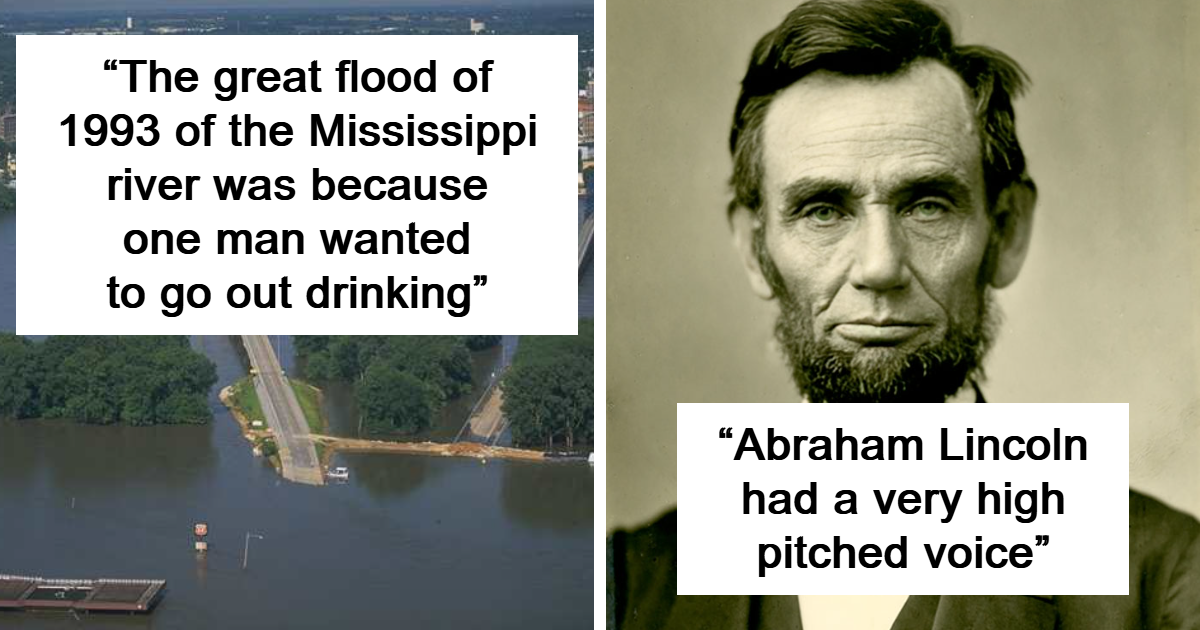
25 Fascinating Historical Facts That Are Stranger Than Fiction
Historical records have long revealed many facets of events that were forgotten over time. Tales of yore are often retold, with key details frequently omitted to maintain certain narratives. These brief descriptions can overshadow the truth and may even colour our perception of the past.
Today, however, we explore a bizarre collection of historical facts that may sound baffling but are rooted in real events. From rabbits attacking Napoleon to Tootsie Rolls allegedly helping win a war, these oddly fascinating stories might seem fabricated, yet are, intriguingly, true.
#1 The Great Flood Of 1993 Of The Mississippi River Was Because One Man Wanted To Go Out Drinking

During the massive “Great Flood of 1993,” James Scott just wanted an excuse to keep partying. His bizarre and selfish plan was to strand his wife on the other side of the Mississippi River by causing a small flood. To do this, he removed several sandbags from a levee near West Quincy, Missouri, hoping to make a road impassable. His sabotage worked catastrophically well: the levee completely failed, unleashing a torrent that submerged 14,000 acres of farmland and destroyed a bridge. Though he maintained his innocence, Scott was convicted of intentionally causing a catastrophe and sentenced to life in prison, all because he wanted a night out.
#2 Apparently Abraham Lincoln Had A Very High Pitched Voice
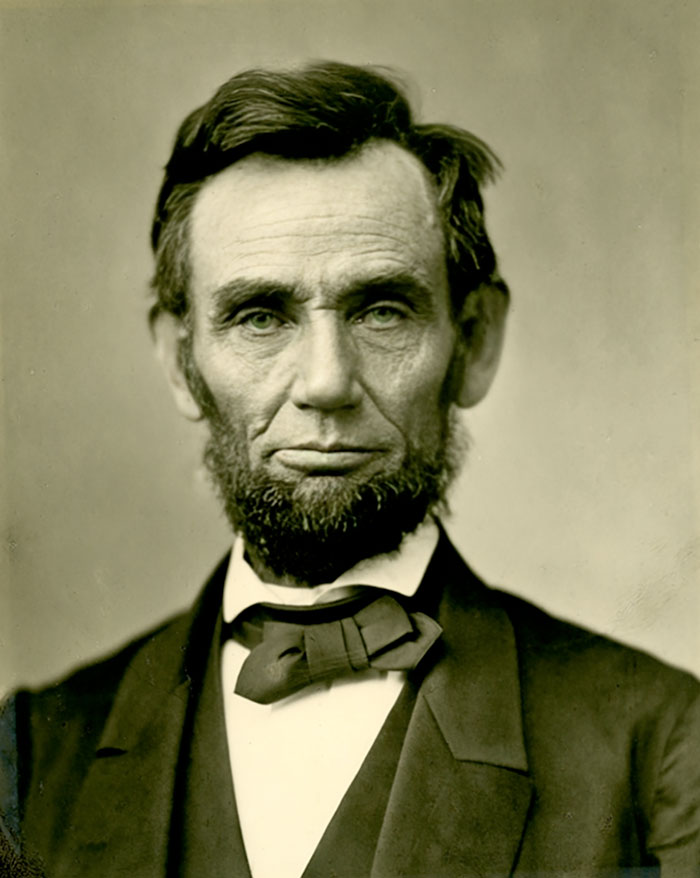
Image source: Alexander Gardner, Wendi Maloney
Despite his towering physical presence and a legacy defined by profound, resonant speeches, Abraham Lincoln’s actual voice would likely be a surprise to modern ears. Contrary to the deep, commanding tones often used to portray him, historical accounts from those who knew him consistently describe his voice as a shrill, high-pitched tenor. One contemporary journalist even noted that his voice was “sharp, squeaking, piping,” and “unpleasant.” This small, humanizing detail offers a stark contrast to the monumental, baritone image of the Great Emancipator that has been crafted in popular culture.
#3 Rabbits Once Attacked Napoleon
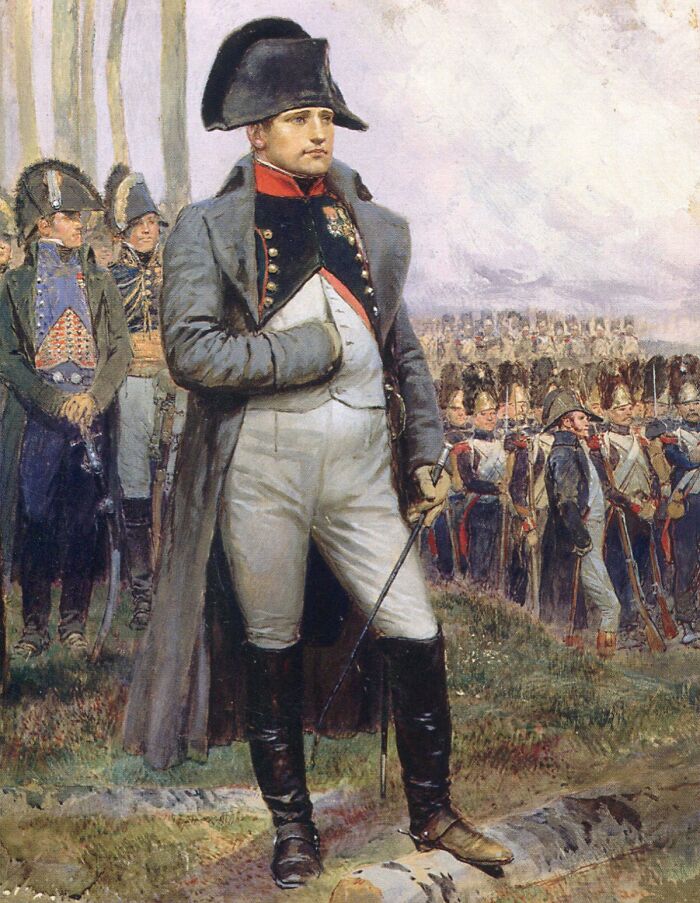
Image source: Édouard Detaille (1848–1912), Baron Thiébault
After signing the Treaties of Tilsit in 1807, Napoleon Bonaparte decided to celebrate with a rabbit hunt. His chief of staff, tasked with organizing the event, gathered hundreds of domesticated rabbits instead of wild ones. When the cages were opened, the bunnies didn’t scatter in fear; they saw the famous general and his men as a source of food and charged. The massive, fluffy horde swarmed Napoleon, climbing up his legs and jacket until the man who had conquered much of Europe was forced into a humiliating retreat, fleeing in his carriage from a furry, hungry army.
#4 On One Particular Day, Sweden Had To Change Sides Of The Road Forever
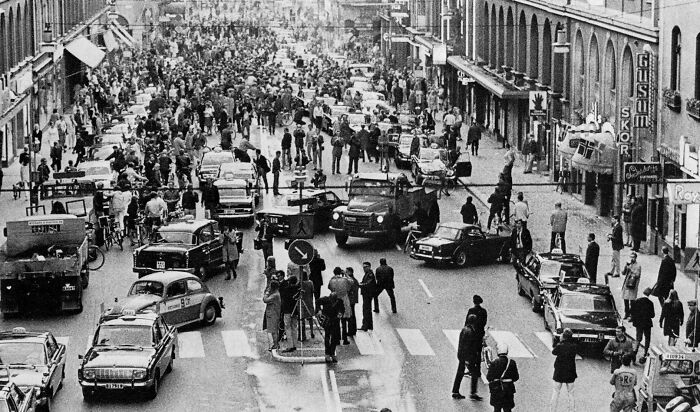
Image source: Jan Collsiöö, Stockholmskällan
On a single, wild day in 1967, the entire nation of Sweden collectively switched which side of the road they drove on. Known as “Dagen H” (H-Day), the changeover occurred at precisely 4:50 AM on September 3rd. At that moment, all traffic nationwide was ordered to come to a complete stop, carefully cross over to the right-hand side of the road, and wait for the signal to proceed. This massive undertaking required reconfiguring thousands of intersections, replacing traffic signs overnight, and even modifying buses by adding doors on the other side. Despite the immense potential for chaos, the transition was a remarkable success, with a well-informed public executing one of the strangest and most coordinated traffic jams in history.
#5 The Thames Was So Stinky In The 1800s It Brought Parliament To A Standstill
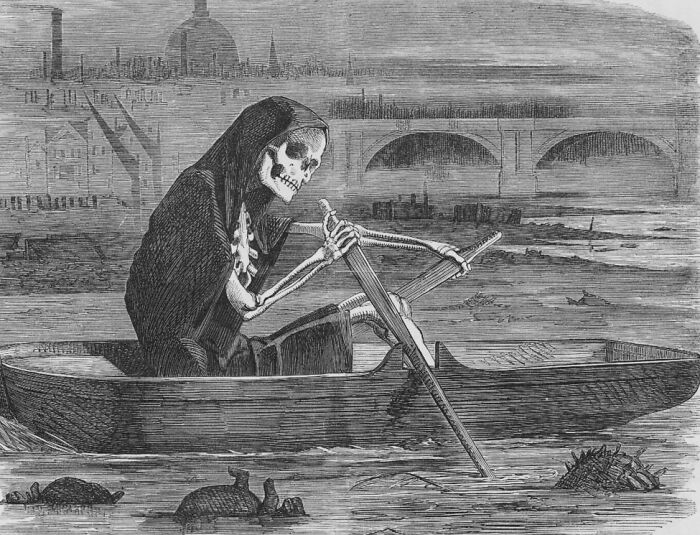
Image source: Punch Magazine, Miriam Bibby
In the sweltering summer of 1858, the city of London was brought to its knees by an overpowering and inescapable stench. For centuries, the River Thames had served as the city’s open sewer, and an unusually hot, dry summer baked decades of raw human and industrial waste into a foul-smelling sludge on the riverbanks. The “Great Stink,” as it was called, was so potent that it forced the government to a standstill, as members of Parliament, whose chambers sat right on the river, could no longer work through the nauseating fumes. Fearing the foul air itself would cause a d**dly epidemic, Parliament was finally spurred into action, green-lighting a revolutionary plan to build the massive, modern sewer system that would ultimately save the city from diseases like cholera for generations to come.
#6 Persians Would Debate A Topic Once Drunk And Once Sober
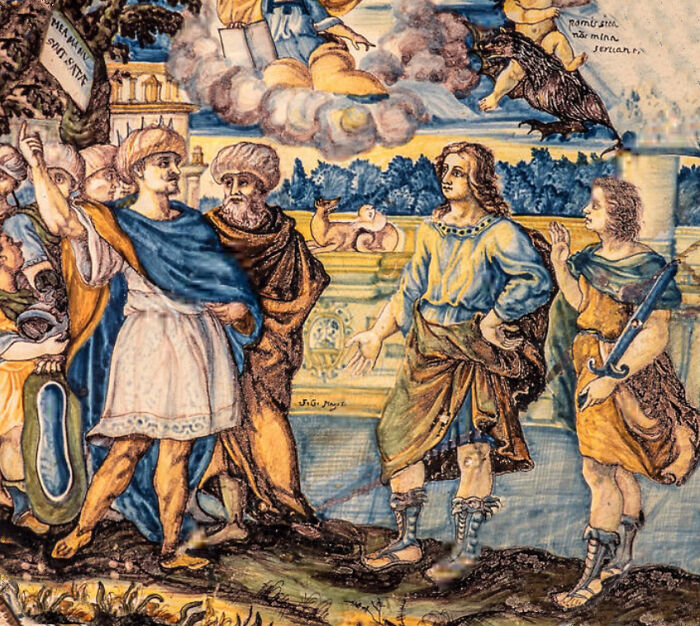
Image source: Francesco Grue, Ashk Dahlén
The ancient Greek historian Herodotus recorded a unique and surprisingly pragmatic decision-making process used by the ancient Persians. When faced with a matter of great importance, the Persians would first debate the issue while drunk. They believed that the intoxication would strip away their inhibitions, allowing for a more honest and unrestrained discussion. The following day, they would reconsider the same topic completely sober. If, in the clear light of day, the decision they made while drunk still seemed like a good idea, they would adopt it. This two-part system, which also worked in reverse, was a clever way to ensure their most important decisions could withstand the scrutiny of both their most passionate and their most rational selves.
#7 Jimmy Carter’s Mother Was A Nurse Who Helped Deliver Rosalynn Carter
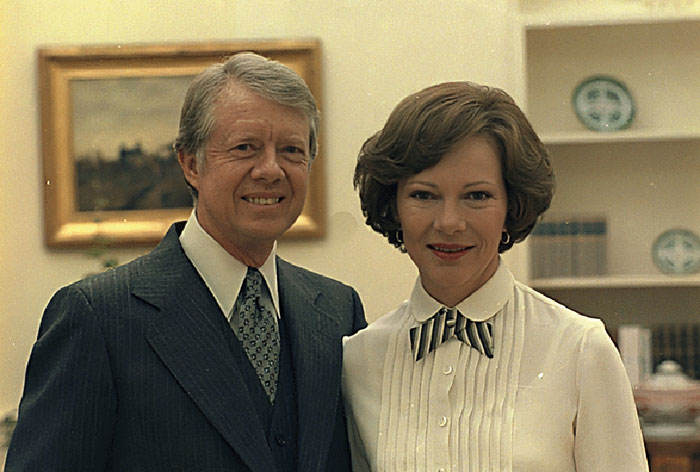
Image source: White House Staff Photographers Collection, The White House
The bond between Jimmy and Rosalynn Carter began decades before they ever fell in love, right at the moment of her birth. In the small town of Plains, Georgia, Jimmy’s mother, Lillian Carter, was a registered nurse who assisted in the delivery of her neighbor’s new baby, Rosalynn Smith. According to the story, a three-year-old Jimmy was the first person his mother told about the newborn girl. This remarkable small-town connection served as the unknowing first chapter to what would become the longest presidential marriage in American history, linking the future president and first lady from Rosalynn’s very first day.
#8 The Stars In Van Gogh’s “Café Terrace At Night” Helped Us Tell The Exact Day It Was Painted
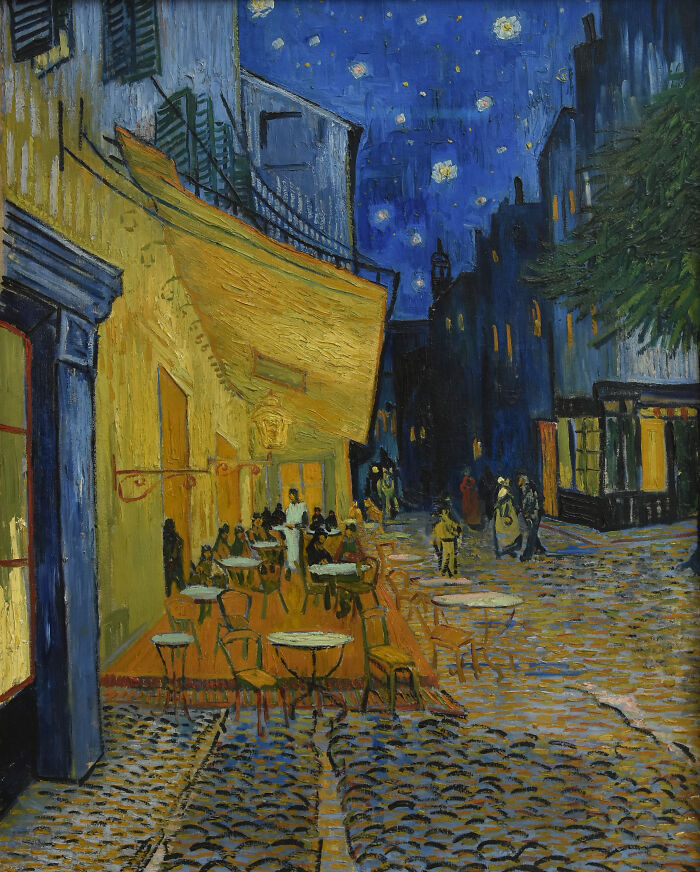
Image source: Vincent van Gogh, Kröller-Müller Museum
Although Vincent van Gogh is known for his expressive and emotional style, his famous painting “Café Terrace at Night” is a work of remarkable astronomical accuracy. He painted the scene in Arles, France, capturing the night sky with such precision that modern astronomers have been able to pinpoint the exact date and time. By analyzing the positions of the stars in the painting, particularly the prominent depiction of the Big Dipper constellation, experts determined that Van Gogh created the work on the evening of September 16th or 17th, 1888. This incredible detail reveals that even amidst his unique artistic vision, Van Gogh was a keen and faithful observer of the world around him, grounding his celestial masterpiece in a specific, real-world moment.
#9 “Hocus Pocus” Came From A Misheard Latin Phrase
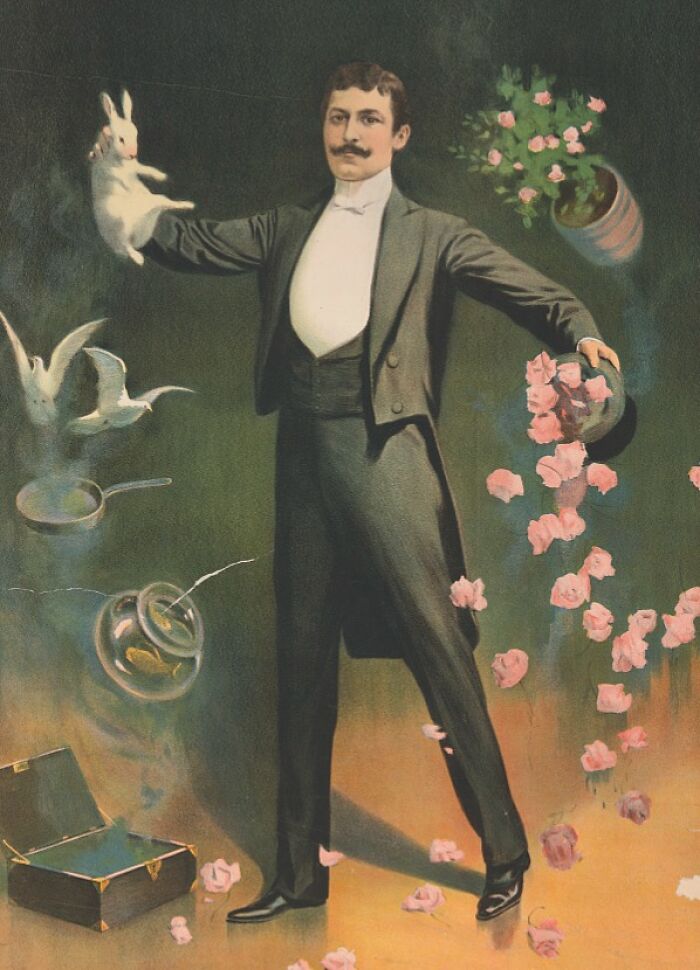
Image source: Strobridge Lithographing Company, William Pulleyn
The classic magician’s incantation “hocus pocus” has a surprisingly sacred, if misunderstood, origin. The phrase is widely believed to be an alternative version of the Latin words “hoc est corpus meum,” meaning “This is my body,” spoken by priests during the Catholic Mass. For centuries, congregations who didn’t understand Latin heard these words during the most mysterious and seemingly magical part of the service, the transubstantiation. Over time, the sacred phrase was slurred into a nonsensical incantation that became synonymous with a miraculous transformation, eventually getting adopted by stage performers to add a little flair to their magic tricks.
#10 During WWII, Poland Made A Bear A Private
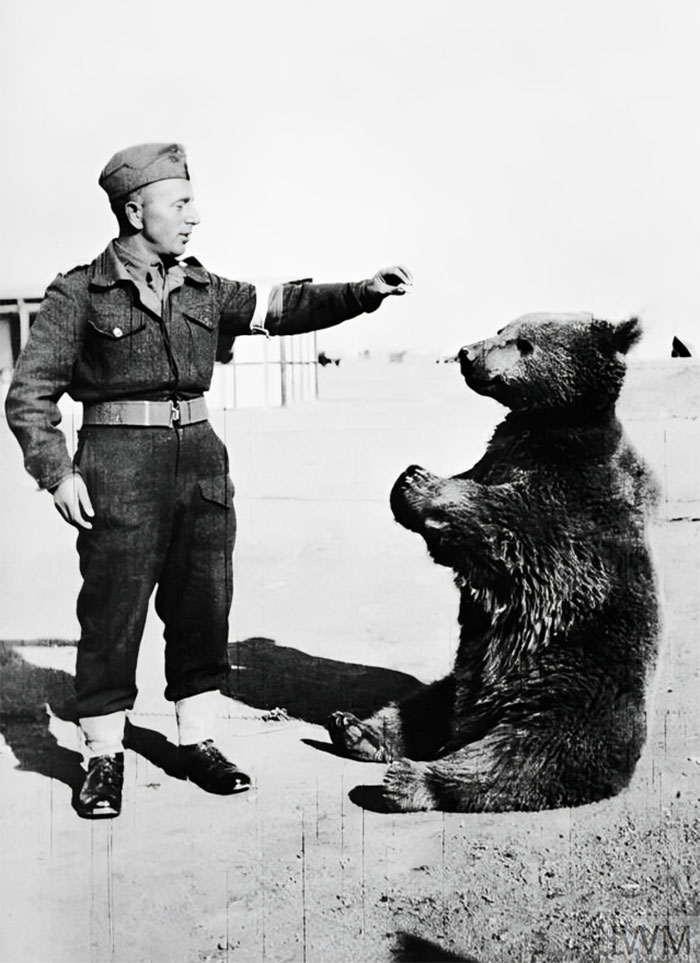
Image source: Imperial War Museum, Kresy Siberia Virtual Museum
During World War II, soldiers of the Polish II Corps adopted an orphaned Syrian brown bear cub they named Wojtek. The bear became an unofficial mascot, traveling with the unit and even learning to drink beer and smoke (and eat) cigarettes. His most famous contribution came during the fierce Battle of Monte Cassino in Italy, where he helped his human comrades by carrying heavy crates of artillery shells. To get him onto a British transport ship heading to Italy—as regulations forbade pets—the soldiers officially enlisted Wojtek into the army. He was given the rank of private, a serial number, and a paybook, making him arguably the most unusual enlisted soldier of the war.
#11 A Failed Amendment Would Put War To A Public Vote And Would Make “Yes” Voters Enlist
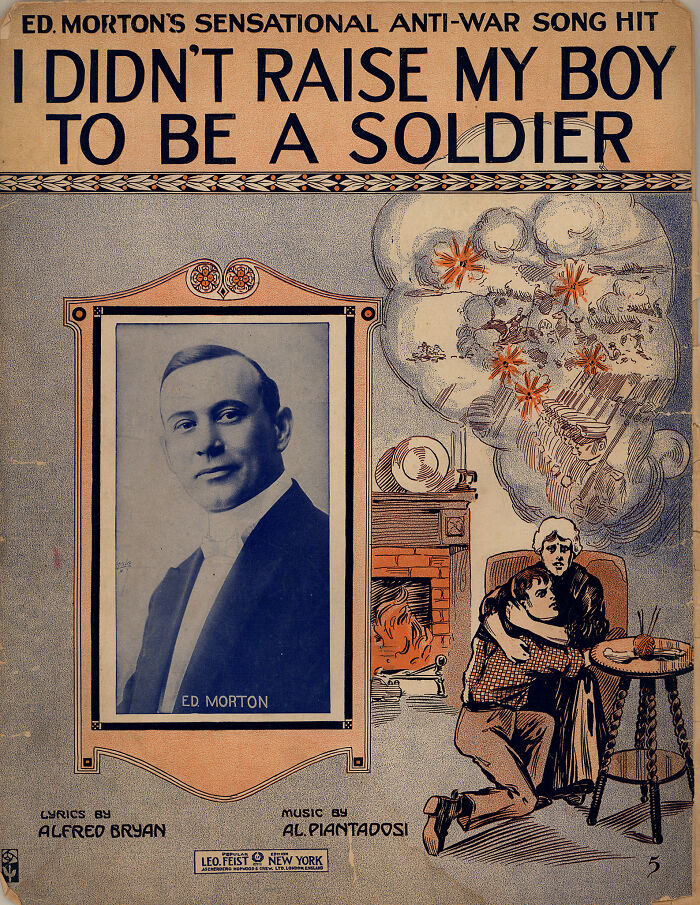
Image source: Alfred Bryan and Al Piantadosi, History, Art & Archives
In a bold and unusual move, a 1916 constitutional amendment proposed a radical change to how the United States would declare war. The proposed Ludlow Amendment stipulated that the country could not go to war without a direct, national vote from the public. But the truly wild part was its built-in consequence: anyone who voted “yes” to go to war would be automatically enlisted for military service. The amendment was ultimately defeated, but it remains a fascinating and creatively extreme attempt to ensure that the people who chose to send the country to war would be the same ones who had to fight it.
#12 Auguste Valadier Drove Around In A Rolls Royce Giving Dental Care During WWI
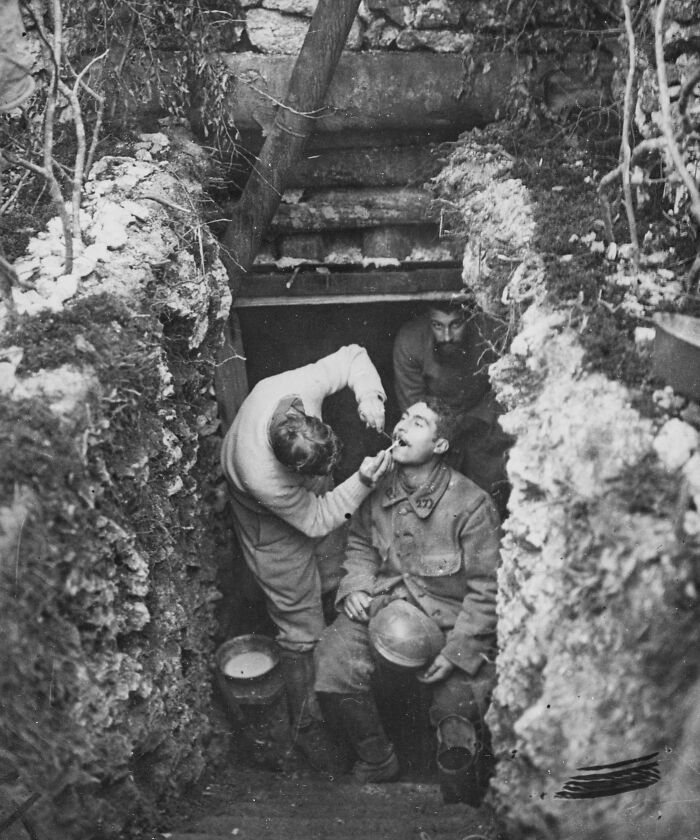
Image source: The National Archives of Norway, J E McAuley
During the chaos of World War I, a French-American dental surgeon named Auguste Valadier decided to take his practice to the front lines in the most luxurious way imaginable. After being turned down by the French army, he offered his services to the British and converted his personal 1913 Rolls Royce into a fully equipped mobile dental office, complete with a chair and drills in the back. Valadier would drive around treating British soldiers, and he famously used his unique position to his advantage: while high-ranking generals were helpless in his dental chair, he would persuade them of the urgent need for a specialized facial and jaw surgery unit. His unique brand of lobbying was incredibly effective and directly led to the establishment of a pioneering hospital for reconstructive surgery, helping countless soldiers with devastating facial injuries.
#13 There Was A Fata Beer Flood In London In The 1800s
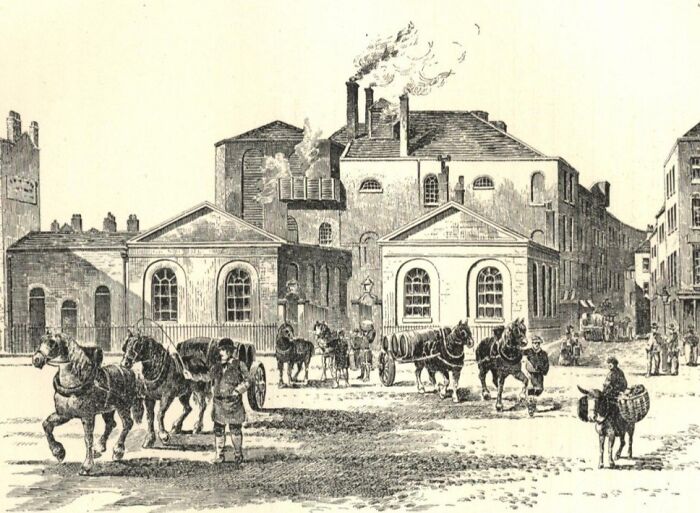
Image source: Unknown author, Ben Johnson
In the heart of London in 1814, a bizarre and d**dly disaster struck a poor slum when a local brewery suffered a catastrophic failure. A massive, three-story-high vat of fermenting beer at the Meux and Co. Brewery suddenly burst, unleashing a powerful wave that caused a domino effect, rupturing other vats in the building. The result was a literal tsunami of over a million liters of beer that crashed through the streets, powerful enough to smash homes to rubble and instantly flood the cellars where many families lived. In the chaos, at least eight people, mostly women and children, were either drowned in the sticky, alcoholic flood or crushed by collapsing buildings, leaving survivors to wade through the waist-deep river of beer in a desperate search for their loved ones.
#14 Bullet Holes Could Be Patched By Tootsie Rolls
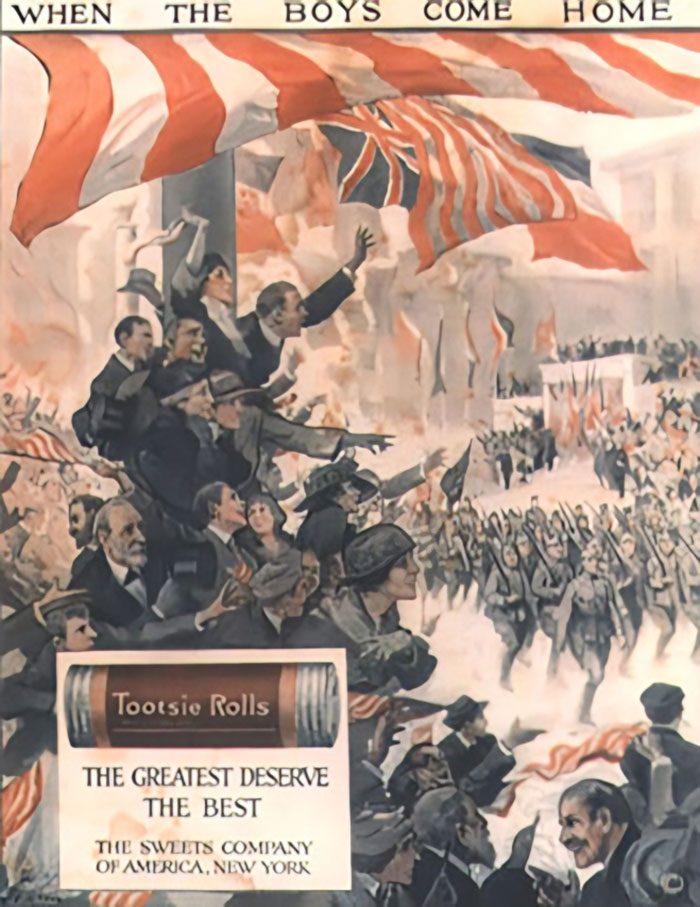
Image source: wikimedia, American Museum
During the brutal Battle of Chosin Reservoir in the Korean War, a group of surrounded U.S. Marines made an urgent radio call for a resupply of 60mm mortar rounds, using their codename for the ammunition: “Tootsie Rolls.” Due to a communication mix-up, the next airdrop they received wasn’t ammunition, but thousands of actual Tootsie Roll candies. While initially a frustrating mistake, the candy proved to be a lifesaver. It was one of the few rations that didn’t freeze solid in the sub-zero temperatures, providing much-needed calories. More importantly, the Marines discovered that when they chewed the Tootsie Rolls into a malleable putty, it was perfect for patching bullet holes and cracks in their vehicles’ fuel lines, hoses, and radiators. This makeshift, edible patch kit proved surprisingly effective, allowing them to keep their equipment running and aiding in their eventual breakout.
#15 The First Woman To Be Officially Drafted By The NBA Was Lusia Harris
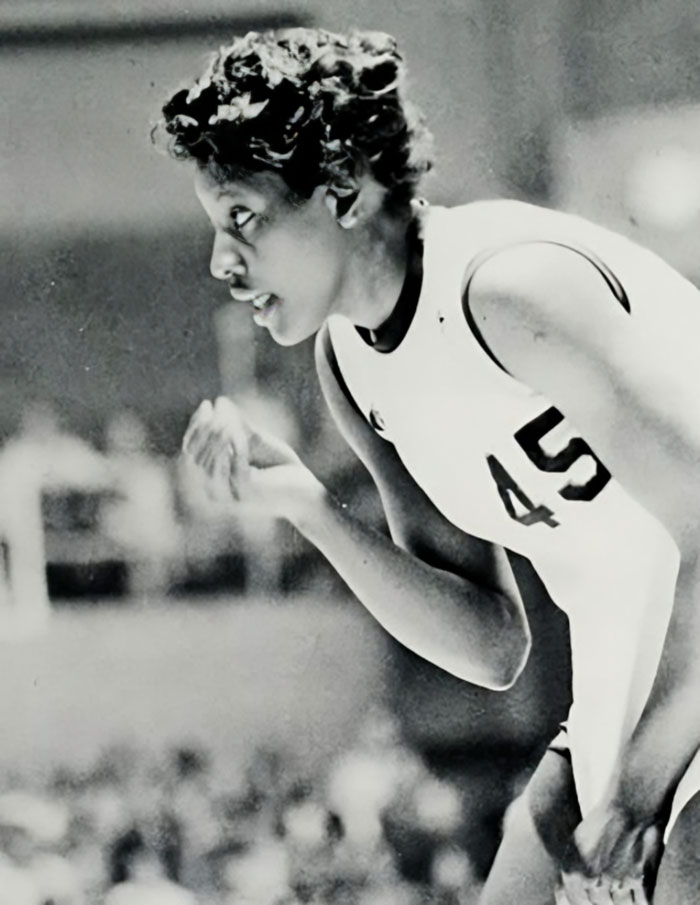
Image source: Delta State University, Basketball Hall of Fame
In a move that stunned the sports world, the New Orleans Jazz officially drafted a woman in the seventh round of the 1977 NBA draft. The player was Lusia “Lucy” Harris, a 6-foot-3 powerhouse who had completely dominated college basketball, leading Delta State University to three consecutive national championships. She was also a silver medalist from the first-ever women’s Olympic basketball tournament. While she was a legitimate talent, Harris ultimately declined the offer to try out for the team, as she was pregnant at the time and planned to start a family. Even though she never played a single game in the league, her selection remains a landmark moment in sports history, making her the first and only woman ever to be officially drafted by the NBA.
#16 You Could Buy Fast Food In Pompeii And Walk Across A Crosswalk
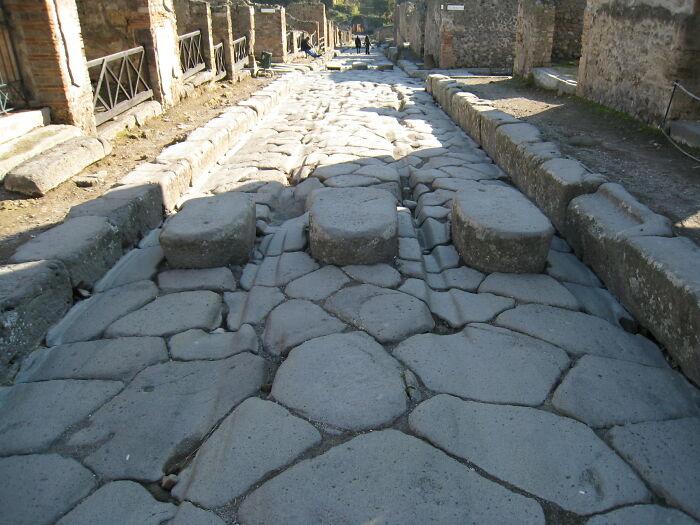
Image source: Dvortygirl, Sarah Cascone
While Pompeii is frozen in time as a tragic monument to a volcanic eruption, the preserved city also reveals a surprisingly modern and sophisticated urban life. The Roman streets were cleverly designed with raised “stepping stones” that functioned as the world’s first crosswalks, allowing pedestrians to cross the street without stepping in the rainwater and sewage that flowed through the gutters. The city was also filled with numerous “thermopolia,” which were essentially ancient fast-food joints. These small, counter-service shops offered hot, ready-to-eat meals to the residents of Pompeii, a convenient and popular option for those who didn’t have private kitchens in their homes.
#17 The Australian Military Waged A War On Emus
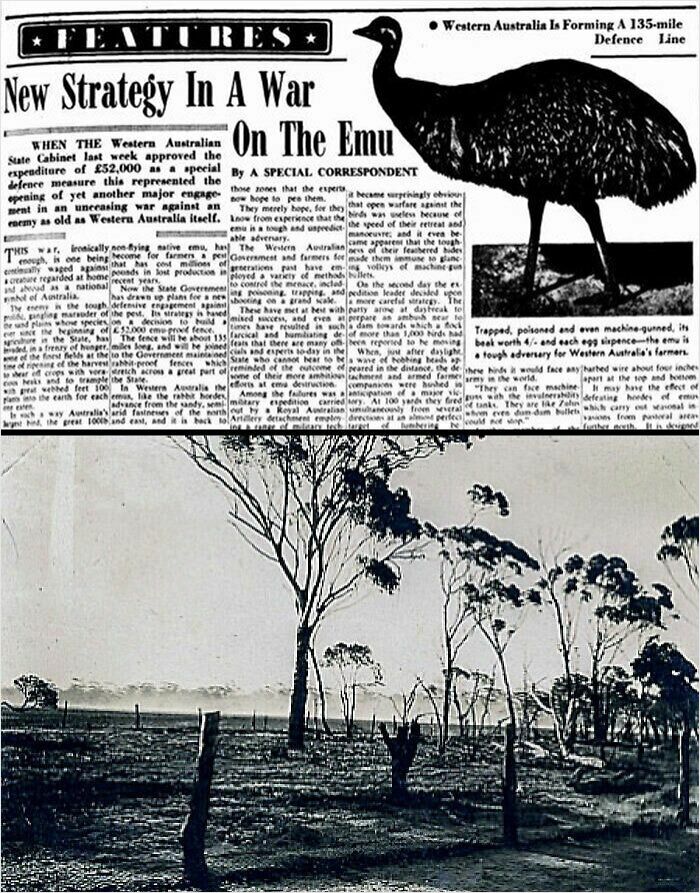
Image source: newsbytesapp.com, Unknown author
In one of the most bizarre military campaigns in history, the Australian army literally declared war on emus in 1932. After a massive population of the large, flightless birds began destroying crops in Western Australia, the government deployed soldiers armed with two Lewis machine guns to handle the problem. The “Great Emu War” was a complete and utter fiasco. The emus proved to be surprisingly brilliant tacticians, splitting into small, fast-moving groups that made them nearly impossible targets for the machine guns. After several humiliating skirmishes, a paltry number of casualties on the emu side, and a lot of wasted ammunition, the military was forced to withdraw. In the end, the emus won, handing the Australian army a uniquely embarrassing defeat.
#18 A Deceased Pope Was Put On Trial By Pope Stephen VI
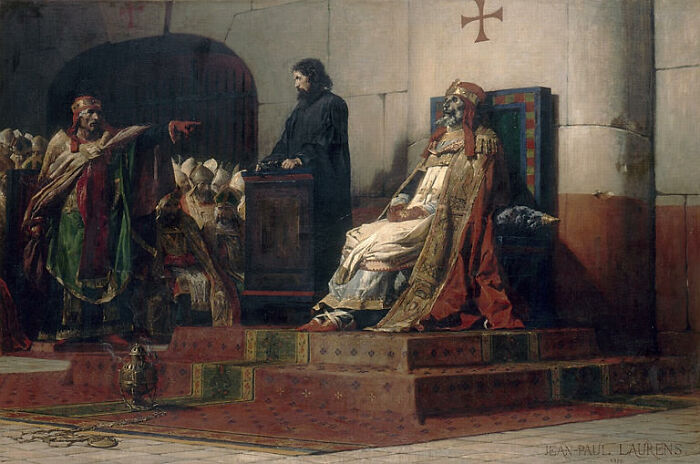
Image source: LAURENS Jean-Paul, Britannica
In one of the most bizarre and macabre events in papal history, Pope Stephen VI had the corpse of his predecessor, Pope Formosus, exhumed and put on trial in 897. The decomposing body of Formosus, who had been d**d for about nine months, was dressed in full papal vestments, propped up in a chair, and forced to “stand” trial for crimes he had allegedly committed while he was pope. A deacon was appointed to speak on the corpse’s behalf, but the outcome was predetermined. Formosus was found guilty, his papacy was declared null, the three fingers he had used for blessings were cut off, and his body was thrown into the Tiber River. This ghoulish spectacle, known as the “Cadaver Synod,” remains a famously insane and disturbing chapter in the history of the Catholic Church.
#19 George Washington Had Dentures Made Of Human Teeth
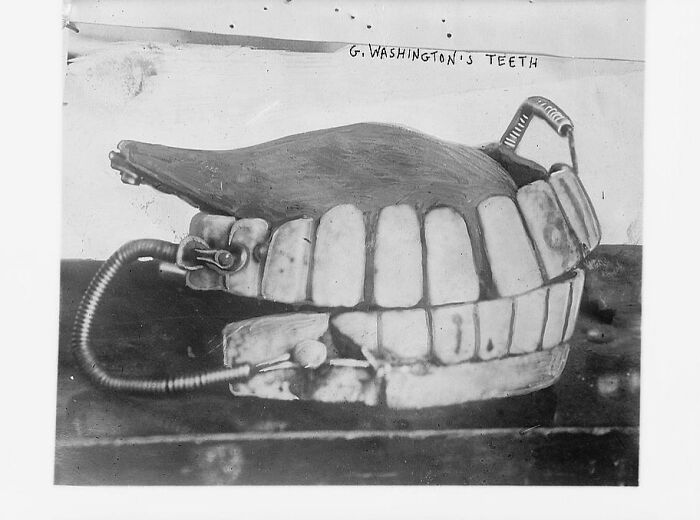
Image source: Library of Congress, Encyclopedia Virginia
While the myth of George Washington’s wooden teeth is a famous piece of American folklore, the reality is far more macabre. By the time he was inaugurated, he had only one of his own teeth left and relied on dentures crafted from a grim assortment of materials, including hippo ivory, bone, brass screws, and, most disturbingly, human teeth purchased from his ens***ed workers and other impoverished people. These bulky, spring-loaded contraptions were a source of constant pain, distorted the shape of his jaw, and are believed to be the reason for his famously stern and tight-lipped expression in many of his portraits. The truth, in this case, is much more unsettling than the well-known fiction.
#20 Everest Climber Lincoln Hall Was Left In Nothing But A Fleece Top But Survived The Night
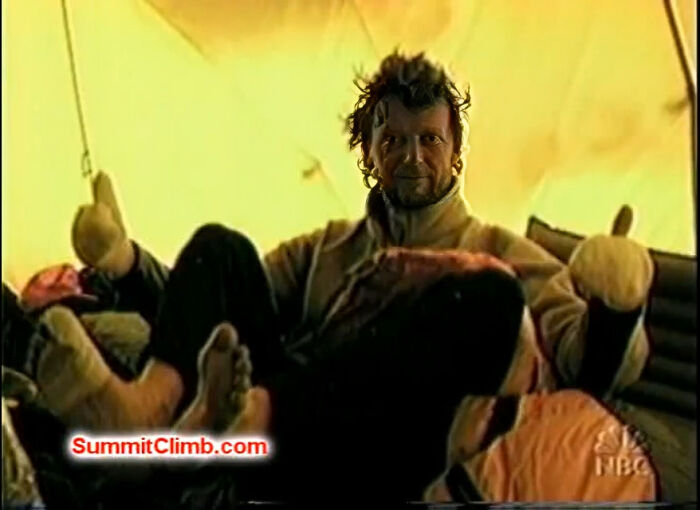
Image source: mounteverestvideo, Summit Climb
In 2006, Australian mountaineer Lincoln Hall was left for d**d just below the summit of Mount Everest. After collapsing from a severe case of cerebral edema, he was declared deceased by his Sherpa guides, who were forced to descend to save their own lives. Hall spent the entire night alone in the “d**th zone” at 28,000 feet, without oxygen, a sleeping bag, or proper shelter. Miraculously, he was found alive the next morning by another team of climbers, sitting cross-legged on the ridge and surprisingly coherent. His improbable survival, having endured hours of exposure to extreme cold and dangerously low oxygen levels, remains one of the most astonishing tales in the history of Everest.
#21 The Longest Year In History Was The Year 46 BCE And Was 445 Days
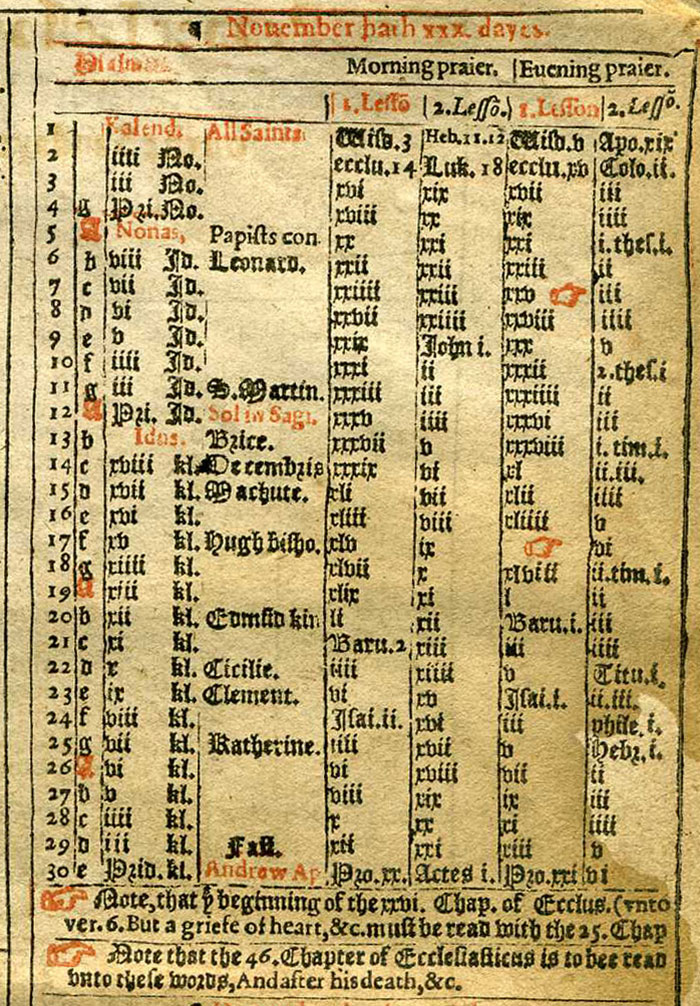
Image source: Steven J Plunkett, Britannica
The year 46 BCE holds the record as the longest in human history, lasting an incredible 445 days. This “Year of Confusion,” as it came to be known, was the result of Julius Caesar’s ambitious and much-needed overhaul of the Roman calendar. At the time, the Roman calendar was a mess, falling wildly out of sync with the solar year. To correct this and prepare for the implementation of his new, more accurate Julian calendar, Caesar had to add two extra, intercalary months between November and December. This one-time, massive adjustment brought the calendar back in line with the seasons, but in doing so, created a single, bizarrely long year that stands as a unique and confusing blip in history.
#22 King Francis I Of France And Henry VIII Once Wrestled
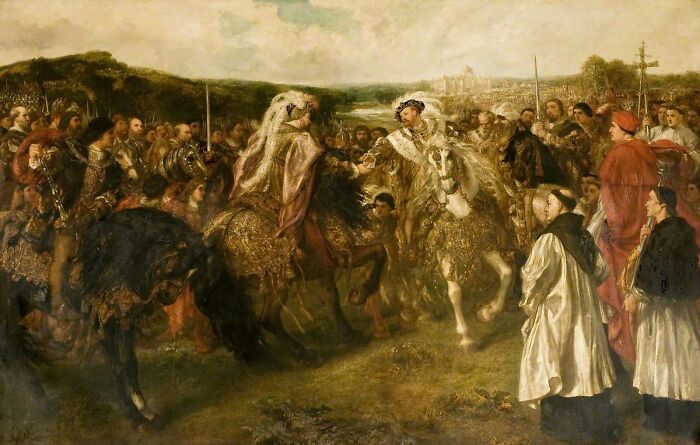
Image source: Parliamentary Art Collection, Jessica Brain
During a lavish diplomatic summit in 1520 known as the Field of the Cloth of Gold, two of Europe’s most powerful and competitive monarchs, King Henry VIII of England and King Francis I of France, engaged in a friendly but intense wrestling match. The famously athletic and arrogant Henry, after a day of feasting and drinking, challenged Francis to a bout. The French king, known for his skill in wrestling, quickly accepted. In a surprising and embarrassing turn of events for the English monarch, Francis swiftly threw Henry to the ground, winning the match and bruising a considerable royal ego in the process.
#23 Winston Churchill Had A Doctor’s Note To Be Able To Drink During Prohibition
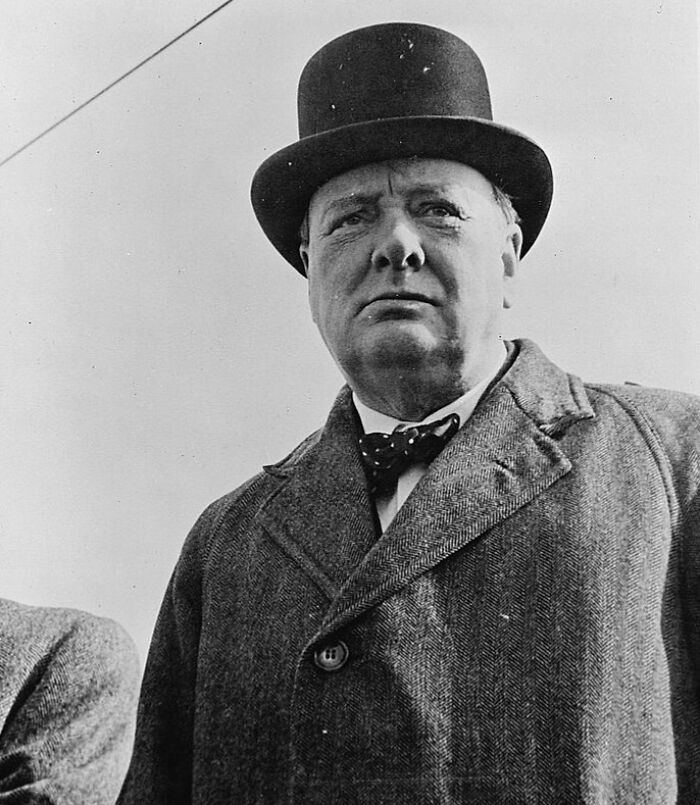
Image source: Library of Congress Prints, Barry Singer
When Winston Churchill visited the United States during Prohibition, he came prepared with a unique and clever way to bypass the country’s strict alcohol laws. In 1931, after being struck by a car in New York City, Churchill obtained a prescription from his doctor for “the use of alcoholic spirits especially at mealtimes.” The doctor’s note specified that the “minimum quantity is 250 cubic centimeters,” a generous amount that ensured the future Prime Minister would not have to endure his American recovery without his customary brandy.
#24 Shoelaces Were A Cold War Communication Tactic For Spies
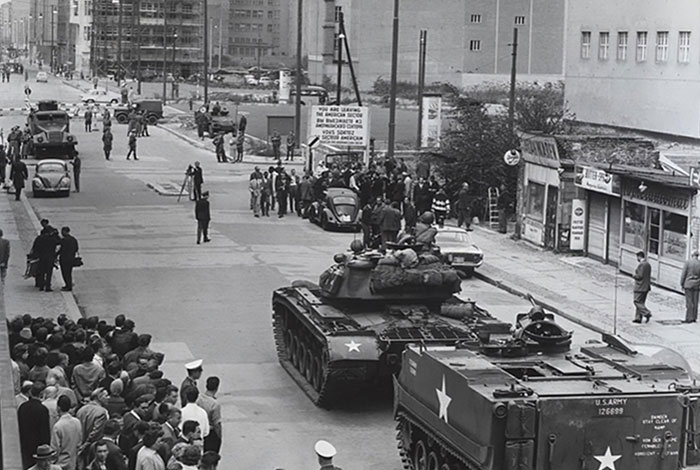
Image source: The Central Intelligence Agency, H. Keith Melton and Robert Wallace
During the Cold War, even the most mundane items could be part of a secret code, and for some agents, that included their own shoelaces. Spies from various Eastern Bloc countries developed a complex and subtle system of non-verbal communication based on how their shoes were tied. A seemingly innocuous change in the lacing pattern, the color of the laces, or the way the knots were tied could signal a wealth of information to another agent. This silent, visual language allowed them to confirm meetings, signal danger, or pass on messages right in plain sight, turning a simple fashion choice into a covert tool of espionage.
#25 “Ahoy” Was Almost The Greeting We Would Have Used On The Telephone
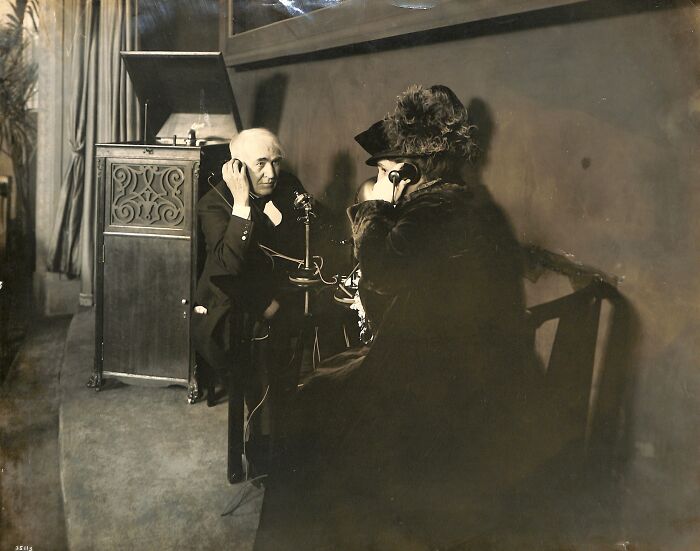
Image source: U.S. National Park Service, Allen Koenigsberg
Before the invention of the telephone, “hello” was a word used to express surprise, not a common greeting. When the first phone lines were being established, inventor Alexander Graham Bell was adamant that the proper way to answer a call should be “ahoy,” a nautical term. However, his rival, Thomas Edison, had a different idea. Edison championed the use of “hello” and instructed the operators at the first telephone exchange in New Haven, Connecticut, to answer all calls with the word. Edison’s preference quickly caught on, was printed in early phonebook manuals, and “ahoy” was relegated to the history books, meaning a simple technological rivalry is the reason we don’t greet each other like pirates today.



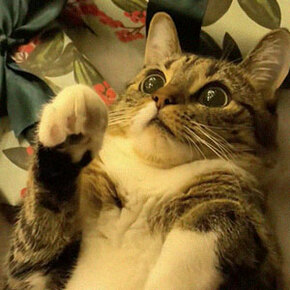

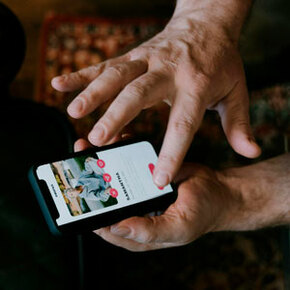







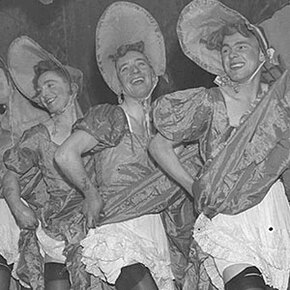



Got wisdom to pour?
Can I download the audio version of this post using https://www.y2mate.ws/